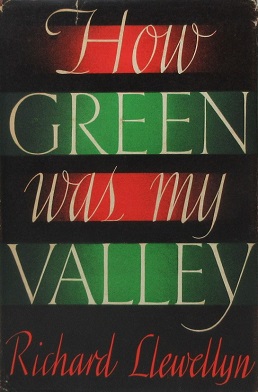
How Green Was My Valley is a 1939 novel by Richard Llewellyn, narrated by Huw Morgan, the main character, about his Welsh family and the mining community in which they live. The author had claimed that he based the book on his own experiences but this was found to be untrue after his death; Llewellyn was English-born and spent little time in Wales, though he was of Welsh descent. Llewellyn gathered material for the novel from conversations with local mining families in Gilfach Goch.
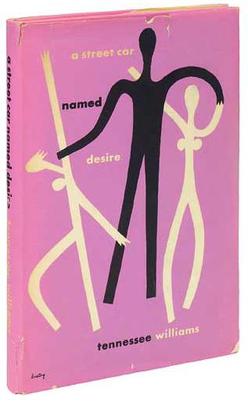
A Streetcar Named Desire is a play written by Tennessee Williams and first performed on Broadway on December 3, 1947. The play dramatizes the experiences of Blanche DuBois, a former Southern belle who, after encountering a series of personal losses, leaves her once-prosperous situation to move into a shabby apartment in New Orleans rented by her younger sister Stella and brother-in-law Stanley.

Night Must Fall is a play, a psychological thriller, by Emlyn Williams, first performed in 1935. There have been three filmed adaptations: Night Must Fall (1937); a 1954 adaptation on the television anthology series Ponds Theater starring Terry Kilburn, Una O'Connor, and Evelyn Varden; and Night Must Fall (1964).
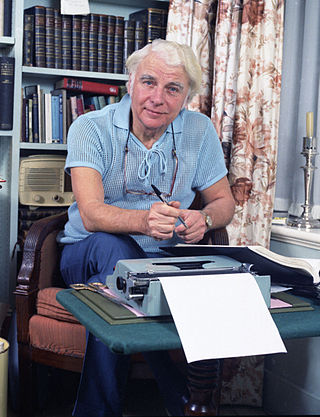
George Emlyn Williams, CBE was a Welsh writer, dramatist and actor.

Diana Wynyard, CBE was an English stage and film actress.

Dame Edith Mary Evans, was an English actress. She was best known for her work on the stage, but also appeared in films at the beginning and towards the end of her career. Between 1964 and 1968, she was nominated for three Academy Awards.

The Women is a 1936 American play, a comedy of manners by Clare Boothe Luce. The cast includes women only.

Me and Bessie is a musical revue about the life and career of blues singer Bessie Smith. The basically one-woman show, conceived and written by Will Holt and Linda Hopkins and performed by Hopkins, features songs by Lil Green, Clarence Williams, Henry Creamer, Andy Razaf, and Jimmy Cox, among others.

Dame Agnes Sybil Thorndike, Lady Casson, was an English actress whose stage career lasted from 1904 to 1969.
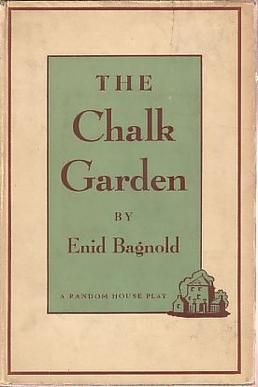
The Chalk Garden is a play by Enid Bagnold that premiered in the USA in 1955 and was produced in Britain the following year. It tells the story of the imperious Mrs St Maugham and her granddaughter Laurel, a disturbed child under the care of Miss Madrigal, a governess, whose past life is a mystery that is solved during the action of the play. The work has been revived numerous times internationally, and was adapted for the cinema in 1964.
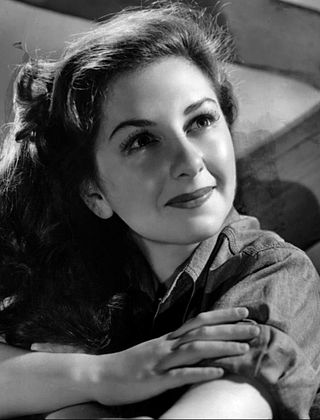
Joan Lorring was an American actress and singer known for her work in film and theatre. For her role as Bessy Watty in The Corn Is Green (1945), Lorring was nominated for the Academy Award for Best Supporting Actress. Lorring also originated the role of Marie Buckholder in Come Back, Little Sheba on Broadway in 1950, for which she won a Donaldson Award.

Awake and Sing! is a drama play written by American playwright Clifford Odets. The play was initially produced by The Group Theatre in 1935.
This article is about the significance of the year 1961 to Wales and its people.
Elizabeth Anne Seal is a British actress. In 1961, she won the Tony Award for Best Leading Actress in a Musical for her performance in the title role of Irma La Douce.
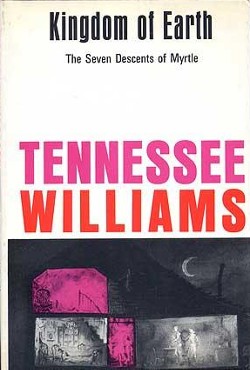
The Seven Descents of Myrtle is a play in seven scenes by Tennessee Williams. It started as a short story, The Kingdom of Earth, which Williams began in 1942 while in Macon, Georgia, but did not publish until 1954, in the limited edition of his story collection Hard Candy. Williams subsequently adapted the story into a one-act play, "Kingdom of Earth," published in the February 1, 1967, edition of Esquire magazine. He then expanded that play into a full-length seven-scene version, premiered the following year in New York with the title The Seven Descents of Myrtle and published on October 31, 1968, by New Directions as Kingdom of Earth. Its title character is reminiscent of another Williams' heroine, Blanche Dubois in A Streetcar Named Desire.

The Corn Is Green is a 1945 American drama film starring Bette Davis as a schoolteacher determined to bring education to a Welsh coal mining town despite great opposition. It was adapted from the 1938 play of the same name by Emlyn Williams, which originally starred Ethel Barrymore.
Conduct Unbecoming is a play by Barry England. The plot concerns a scandal in a British regiment stationed in India in the 1880s.
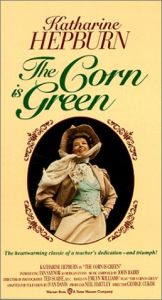
The Corn Is Green is a 1979 American made-for-television drama film starring Katharine Hepburn as a schoolteacher determined to bring education to a Welsh coal mining town, despite great opposition. It was directed by George Cukor, the tenth and last collaboration on film between the director and the actress, and is the second and last made-for-television film directed by Cukor. The filming was done in Wales. It was adapted from the 1938 play of the same name by Emlyn Williams, and had previously been filmed in 1945 with Bette Davis in the main role.
Perry Wilson Anthony was an American actress most active during the 1950s and 1960s. She was best known for her role in the 1957 film Fear Strikes Out.

The Complaisant Lover is a 1959 comedy play by Graham Greene. Consisting of two acts, each of two scenes, the play revolves around an affair between Mary Rhodes and Clive Root, the book seller friend of her husband, Victor. The play takes place in the Rhodes family home and an Amsterdam guesthouse.


















